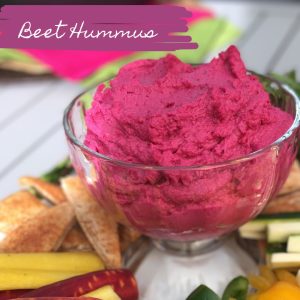 Chances are you’ve heard about the recent E. coli outbreak at daycares across Calgary. E. coli infections can be especially dangerous for kids under the age of 5 as well as those who are pregnant, elderly or who have a weakened immune system.
Chances are you’ve heard about the recent E. coli outbreak at daycares across Calgary. E. coli infections can be especially dangerous for kids under the age of 5 as well as those who are pregnant, elderly or who have a weakened immune system.
Here’s what you need to know about E. coli and how you can prevent an infection at home.
What is E. Coli?
E. coli stands for Escherichia coli. It’s a type of bacteria that’s naturally found in the intestines of humans as well as animals including cattle, goats and sheep. While most strains of E. coli are harmless, there is one particular strain called E. coli O157:H7 which can cause serious problems such as stomach cramps, bloody diarrhea, vomiting and kidney damage.
What causes an E. coli infection?
An infection can occur after you eat or drink something that has been contaminated with E. coli, such as:
- Raw or undercooked beef, especially ground meat: During butchering and processing, E. coli bacteria from cattle’s intestines can get on the outer surfaces of meat. The risk of contamination is greater in ground meat because it combines meat sourced from different animals.
- Unpasteurized drinks such as raw milk: If E. coli bacteria is present on a cow’s udder or on milking equipment, it may get into raw milk. The heat of pasteurization kills the harmful bacteria.
- Contaminated produce: When fruits and vegetables are harvested, they may come in contact with contaminated manure or water.
- Improper food handling: E. coli may be transferred to food products if an infected person’s hands are not washed properly when handling food.
- Contaminated waters: It’s also possible to become infected with E. coli after drinking contaminated water or swallowing water in swimming pools / lakes that are contaminated with stool.
How to prevent an E. coli infection at home
- Cook ground meat to a temperature of 160F (71C): Use a meat thermometer. Don’t judge doneness by colour since meat can turn brown before it is completely cooked.
- Drink pasteurized milk, juice and cider: The chances of an E. coli infection are higher in beverages such as raw milk and unpasteurized apple cider.
- Wash raw produce: E. coli can cling to produce, especially leafy greens. Wash leafy greens under fresh, cool running water. Keep rinsing until all of the dirt has been washed off. There is no need to wash ready-to-eat, pre-packaged leafy greens that have already been washed / pre-washed / triple-washed.
- Avoid cross-contamination: Keep raw foods separate from cooked foods in your grocery cart, at home and when cooking. Don’t use the same knives, utensils, cutting boards and plates to handle cooked foods if they have been in contact with raw meat. Wash equipment and countertops with hot soapy water before and after they come in contact with raw meat.
- Wash your hands often. Wash your hands for at least 20 seconds with soap and water before / during / after food prep, before eating, after using the bathroom and after changing diapers. Remind kids to wash their hands before eating and after using the bathroom too.
- Watch for news advisories / recalls related to E. coli outbreaks in food and lakes. You can find a list of food recalls from Health Canada here.

